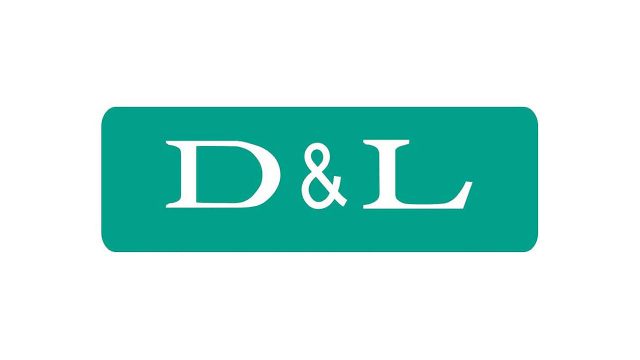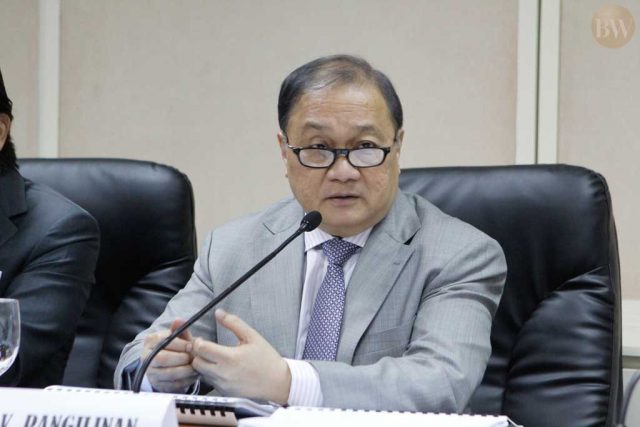D&L’s new plant moves start of operations to 2023
Food ingredients maker D&L Industries, Inc. is pushing back the start of commercial operations of a plant in Batangas to January 2023, citing recent events that caused disruptions.
The plant, under the company’s unit Natura Aeropack Corp. (NAC), was expected to begin commercial operations in May 2022, but was granted an extension by the board of the Philippine Economic Zone Authority (PEZA).
In a stock exchange disclosure on Friday, D&L said, “in consideration of the recent turn of events such as the Omicron-related surge in COVID-19 cases early this year, global port congestion and supply chain disruptions, as well as longer-than-expected processing of registration and licenses, PEZA has granted [an] extension to January 2023.”
NAC is one of the subsidiaries of D&L undertaking the expansion in Batangas, specifically for the manufacture of coconut oil fractions and coconut base surfactants, and downstream consumer products.
“While the pandemic has posed challenges to the completion of our Batangas plant, this expansion is coming at an opportune time given the strong demand for high value coconut-based products in the export market,” D&L President Alvin D. Lao said in a press release.
“This is evidenced by the resilient and robust growth in our export sales which grew 55% year-on-year in the first nine months of 2021. As the world moves beyond this pandemic, this plant will help us cater to emerging, relevant industries where we see opportunities for new growth. Our existing capacity is still sufficient to serve requirements in the near term, as such the extension in the SCO should have no material impact on current operations,” he added.
NAC and D&L Premium Foods Corp. (DLPF), another wholly owned subsidiary of D&L Industries in Batangas, will start commercial operations concurrently. DLPF will manufacture food ingredients to cater to a growing export business.
D&L’s expansion is on a 26-hectare property in First Industrial Township Special Economic Zone in Batangas.
The ongoing expansion, referred to as Phase 1, will occupy roughly half of the property and costs P6.2 billion, with remaining capital expenditures at P1.8 billion for the year.
In September, D&L executed its maiden bond offering, raising P5 billion to help fund the remaining capex for the expansion.
The new plant will develop high value-added coconut-based products and add the capability to manufacture downstream packaging.
“With near-term catalysts such as the continued economic reopening and the boost from election spending, the company sees room for further earnings growth,” the company said.
In the third quarter of 2021, D&L’s attributable net income rose 34% to P768 million from P572.6 million in 2020.
From January to September last year, attributable net income grew 57.4% to P2.16 billion from P1.37 billion in 2020.
At the stock exchange Friday, D&L shares closed unchanged at P8 each. — Luisa Maria Jacinta C. Jocson












